Introduction
Have you ever pondered moon formation? It’s a fascinating story! The Moon, Earth’s sole natural satellite, illuminates our night sky. It shapes tides, influences culture, and inspires space exploration. As of May 2025, it remains a key focus in scientific research. Therefore, this article explores moon formation in depth. We’ll examine its traits, exploration history, and its broader importance. Are you ready to learn more? Let’s begin our journey!
The Moon has been Earth’s companion for billions of years. It’s not just a beautiful sight in the sky. How did it come into existence? Its gravitational pull affects our oceans daily. Moreover, it holds a special place in human culture and history. Researchers continue to uncover its mysteries. For instance, new missions target its far side. Additionally, the Moon fuels ambitions for future space travel. Why is it so intriguing? Let’s find out together.
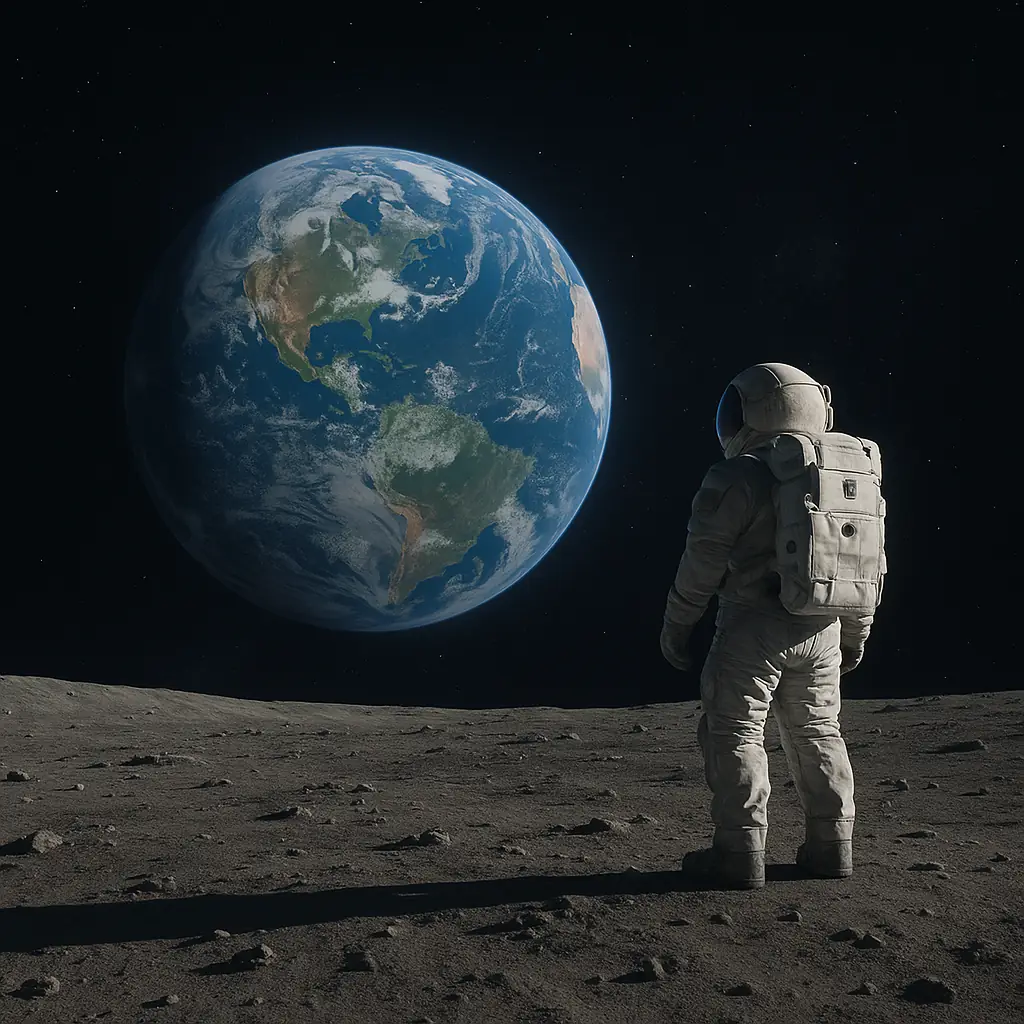
What Are the Characteristics of the Moon?
Moon characteristics reveal a truly unique celestial body. It measures about 3,474 km in diameter—roughly a quarter of Earth’s size. Its surface is marked by craters from ancient asteroid impacts. The Moon lacks an atmosphere, meaning no weather or air exists. Consequently, astronaut footprints remain preserved for centuries. Also, its gravity is only 1/6th of Earth’s, reducing your weight significantly.
The lunar surface features dark regions called maria—“seas” of cooled lava from past volcanoes. Moon characteristics include a composition of basalt and anorthosite rocks. It reflects sunlight, creating a brilliant glow at night. For example, a full moon is a stunning sight. The far side, invisible from Earth, has fewer maria and more craters. Temperatures vary drastically—from 127°C in sunlight to -173°C in shadow. This happens due to the absence of air to retain heat. Furthermore, moon characteristics show no magnetic field, leaving it exposed to solar winds. Let’s examine its origin next.
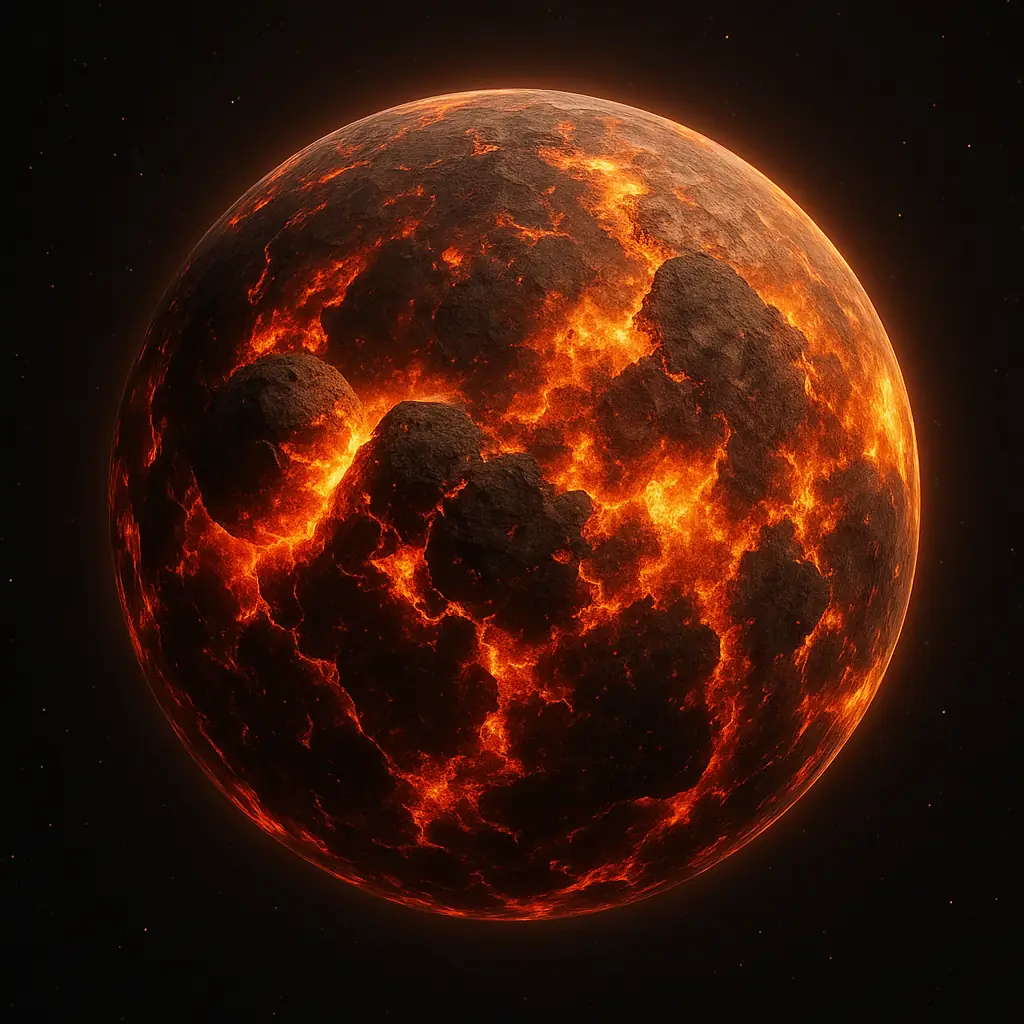
How Did Moon Formation Occur?
Moon formation stems from a dramatic cosmic event. Researchers propose that a Mars-sized body, named Theia, collided with Earth 4.5 billion years ago. This giant impact theory is widely accepted. Debris from the collision was ejected into space, forming a ring around Earth. Over time, this debris coalesced, giving birth to the Moon. This process explains moon formation effectively.
Alternatively, some suggest Earth captured the Moon as it passed by. However, this theory struggles to explain the Moon’s composition. Another idea, co-accretion, posits that Earth and the Moon formed together. Yet, the giant impact theory aligns best with evidence. Moon formation accounts for similarities in Earth and lunar rocks. Apollo mission samples confirmed this connection. The Moon’s small iron core—unlike Earth’s—supports this violent origin. Thus, moon formation was a turbulent chapter in cosmic history. Let’s explore its exploration history next.
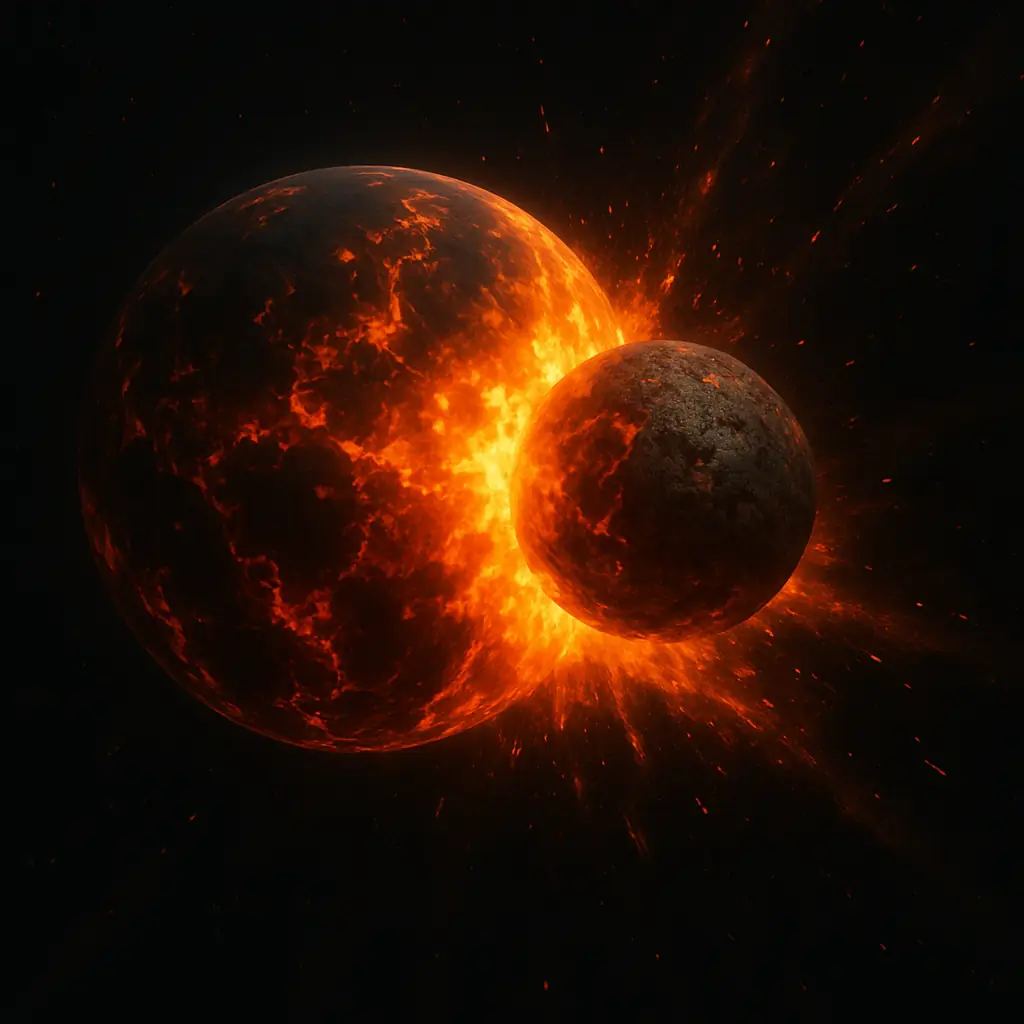
What’s the History of Moon Exploration?
Moon exploration history began in the 1950s. The Soviet Union’s Luna 1 became the first spacecraft to reach it in 1959. It didn’t land but flew by, collecting valuable data. In 1962, Luna 2 achieved the first lunar impact, crashing on its surface. Then, in 1969, NASA’s Apollo 11 marked a historic milestone. Humans set foot on the Moon—Neil Armstrong’s words, “one small step,” inspired the world. That achievement showcased humanity’s potential.
The 1970s brought more Apollo missions, with six successful landings. They returned 382 kg of lunar rocks to Earth. Later, in 2013, China’s Chang’e 3 rover explored the lunar soil. In 2019, Chang’e 4 made history by landing on the far side. By 2025, NASA’s Artemis program plans to send humans back. Private companies, like SpaceX, are also joining lunar missions. Moon exploration history reflects our enduring curiosity. It serves as a gateway to deeper space exploration. How remarkable is that? Let’s consider its importance next.
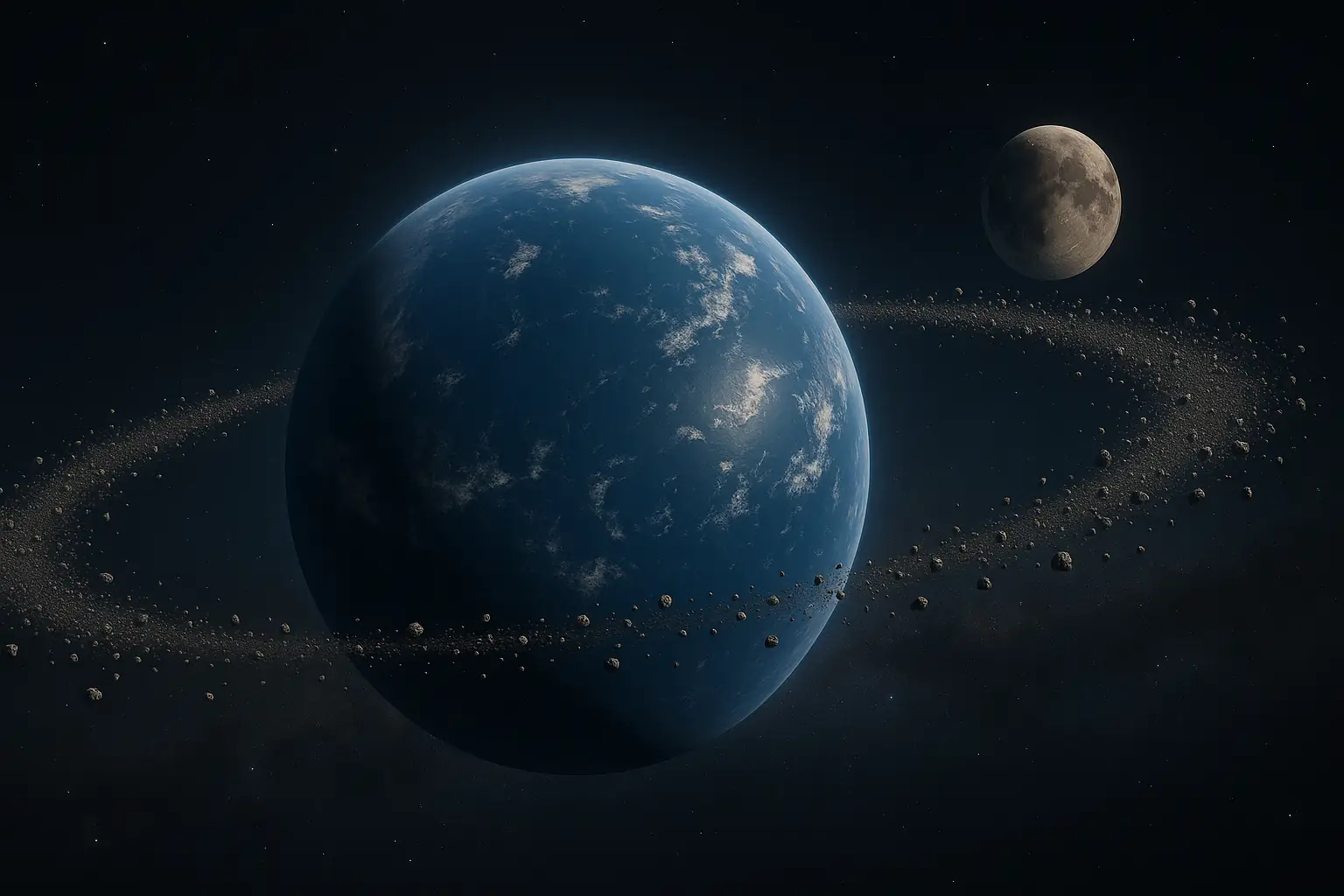
Why Is the Moon Significant?
Moon significance extends far beyond its appearance. First, it governs Earth’s tides through its gravitational pull. Oceans rise and fall daily due to this force. It also stabilizes Earth’s axial tilt, ensuring consistent seasons. Without the Moon, our climate would become erratic. This stability is crucial for life on Earth. Additionally, the Moon influences wildlife—some species rely on moonlight for navigation.
Beyond its scientific role, moon significance is evident in culture. It has inspired myths, art, and calendars, such as the lunar calendar. Many traditions, like the Mid-Autumn Festival, celebrate its presence. In space exploration, the Moon acts as a stepping stone for Mars missions. For instance, the Artemis program aims to establish a lunar base by 2030. The Moon’s helium-3 deposits could fuel future fusion energy. However, mining poses ethical questions—should we alter its surface? Moreover, the Moon helps test technologies for longer missions. Moon significance bridges science, culture, and exploration. It’s a vital link to our cosmic future.
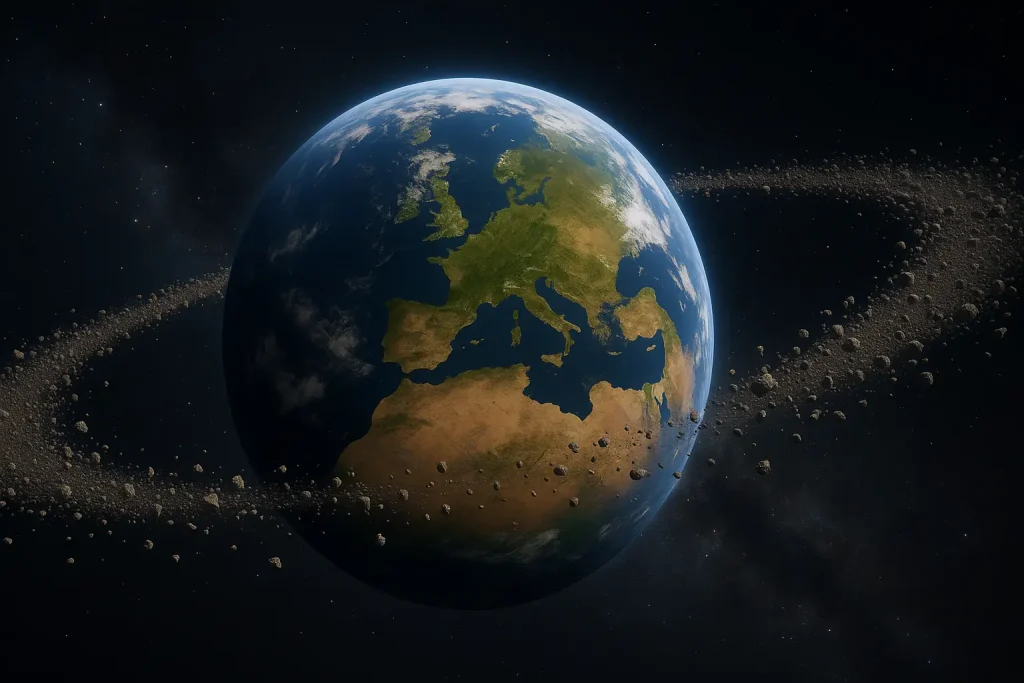
Leave a Reply